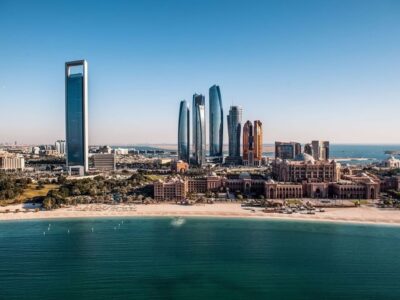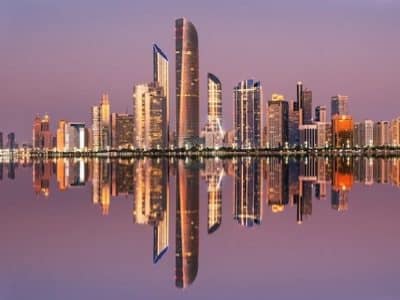Work-from-home policies have had an undeniable long-tail economic impact on the commercial property market. Corporate America is struggling to get employees back in the office, with around 20 percent of office space in the US unleased at the end of 2023, according to Moody’s Analytics – the highest vacancy rate in more than 40 years. Europe is stagnating with average occupancy rate for European offices around 57 percent in September 2023, as per Savills Research.
Contrast those results with Dubai, where people are fully back in the office and have been for two years. The UAE office market is thriving, with tenants and new arrivals struggling to find space, and vacancy rates heading towards the single-digit level. The remarkable turnaround – which has seen a full reversal of the dynamics of the COVID years and the absorption of latent vacancy from that period – is unprecedented.
Premium property demand soars in Dubai
Demand in premium property spaces, in particular, has reached new heights. Dubai International Financial Centre (DIFC) saw 34 percent growth in new registrations last year, and key office spaces such as Index Tower, which is mostly owned by Emirates REIT, achieved close to 90 percent occupancy in 2023.
Not only is the relationship between supply and demand changing, but the volume of the market is growing. More Asian and European companies are considering relocating their headquarters or key offices to the UAE, because of the country’s focus on maintaining the optimal tax, regulatory and geographical environment to attract foreign corporations.
What does this dynamic mean in the coming months and years? In the short term, we should expect office rents to continue to rise. Single-digit vacancy rates will always have an inflationary impact.
This momentum is likely to continue, since the level of supply coming onto the market in the next few years is likely to remain very limited. A growing population and the attractiveness of the UAE’s economy is lifting all boats – demand for residential and commercial real estate is rising in parallel. However, despite the commercial sector’s impressive long-term returns, developers in the UAE have traditionally preferred residential real estate as an asset class.
The reasons for this are structural in nature. In the current market, residential projects can be presold, which reduces risk and ensures high return on investment for developers. Revenue typically comes to owners and managers in the office market when the property has been leased, so returns come later and only when the building has been built.
If demand continues to outstrip supply, we are likely to see pre-leasing emerging as the only option for organisations looking to secure future space. However, a surge in the number of pre-lease commitments will further limit availability. As a result, we can anticipate a challenging time ahead for companies seeking good quality space – and significant room for growth in rental returns.
Having defied global trends, Dubai’s office market has emerged as one of the most buoyant in the world. We can see the emergence of a race towards quality and sustainability, as companies look for a long-term base for their operations. As an asset class and in terms of the quality of experience provided to tenants, it is likely that, for commercial real estate, the best is yet to come.









